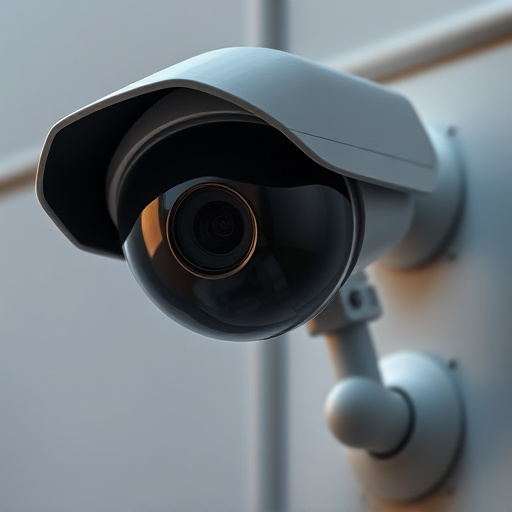Strategic mounting of dummy cameras with blinking lights at 5-7 feet above ground offers optimal deterrence by balancing visibility and subtlety. Adjust prominence and blinking frequency based on environment. Avoid common mistakes like eye-level placement. Ensure legal compliance regarding camera placement in public and private settings, respecting privacy laws and signage requirements.
“Enhance your home or business security with our comprehensive guide on fake security camera mounting. Learn the ins and outs of placing dummy cameras, including best practices for blinking light positioning, to deter potential threats effectively. We’ll also explore common pitfalls to avoid and legal aspects to consider for both public and private spaces. Understanding these elements is key to deploying Dummy Cameras With Blinking Lights as a powerful security tool.”
- Understanding Dummy Camera Mounting Requirements
- Best Practices for Blinking Light Placement
- Common Mistakes to Avoid With Security Cameras
- Legal Considerations for Public and Private Spaces
Understanding Dummy Camera Mounting Requirements
When setting up a security system, especially with dummy cameras featuring blinking lights, understanding the mounting requirements is key. These fake security cameras are designed to deter potential intruders by simulating an active surveillance setup. To maximize their effectiveness, they should be mounted at strategic heights that provide clear visibility of entry points and potential areas of concern.
The ideal height for mounting dummy cameras varies based on factors like the camera’s design, local laws, and personal preferences. As a general rule, these cameras should be positioned high enough to deter criminals but not so high that they become difficult to maintain or adjust. A common practice is to mount them at eye level or slightly above, ensuring they can capture clear images without obstructing natural lines of sight. Always check local regulations regarding security camera placement for added peace of mind.
Best Practices for Blinking Light Placement
When setting up dummy cameras with blinking lights, proper placement of the light is key for optimal effectiveness. The blinking light should be positioned at a height that simulates a real camera’s line of sight. Typically, this means mounting it between 5 to 7 feet (1.5 to 2.1 meters) above the ground. This range ensures the light is visible from a reasonable distance, deterring potential intruders without appearing overly obtrusive.
Consider the environment when placing the blinking light. In high-traffic areas, like entryways or corridors, the light should be more prominent and frequent in its blinking pattern to attract attention. Conversely, in quieter spaces, a less aggressive blinking cycle can be more suitable. Always aim for a balance between visibility and subtlety to best utilize dummy cameras with blinking lights as a deterrent.
Common Mistakes to Avoid With Security Cameras
Many homeowners and business owners make common mistakes when installing security cameras, often due to a lack of understanding or consideration for optimal placement. One such error is positioning the camera at eye level or too high; this can result in poor angle coverage and missed crucial details. Security cameras should be mounted at different heights to capture diverse viewpoints, especially in areas with varying activity levels.
Another mistake is neglecting to use dummy cameras with blinking lights as decoys. These are an effective deterrent against potential criminals. By strategically placing them at vulnerable points, you can significantly reduce the risk of break-ins or vandalism. Remember, even fake cameras can serve as a powerful visual warning, so ensure your setup includes these realistic-looking but non-active devices to enhance overall security measures.
Legal Considerations for Public and Private Spaces
In both public and private spaces, mounting security cameras comes with legal considerations that must be addressed to avoid potential issues or penalties. The placement of dummy cameras with blinking lights, for example, should adhere to local laws regarding surveillance and privacy rights. Public areas like streets, parks, and government buildings often have strict regulations governing the use of security equipment, ensuring citizens’ rights are respected while maintaining safety measures.
For private properties, homeowners and business owners alike must understand their responsibilities. While installing cameras to deter crime or monitor activities is legal, certain restrictions apply regarding visibility from public view. Additionally, capturing footage in common areas like hallways or lobbies requires clear signage to inform visitors of surveillance, ensuring compliance with data protection laws and respecting individual privacy rights.
When correctly installed, dummy cameras with blinking lights can significantly enhance security and deter potential criminals. By understanding the mounting height guidelines, following best practices, avoiding common mistakes, and adhering to legal considerations for public and private spaces, you can maximize the effectiveness of these visual deterrents. Remember, a well-placed dummy camera can make all the difference in keeping your property safe.
